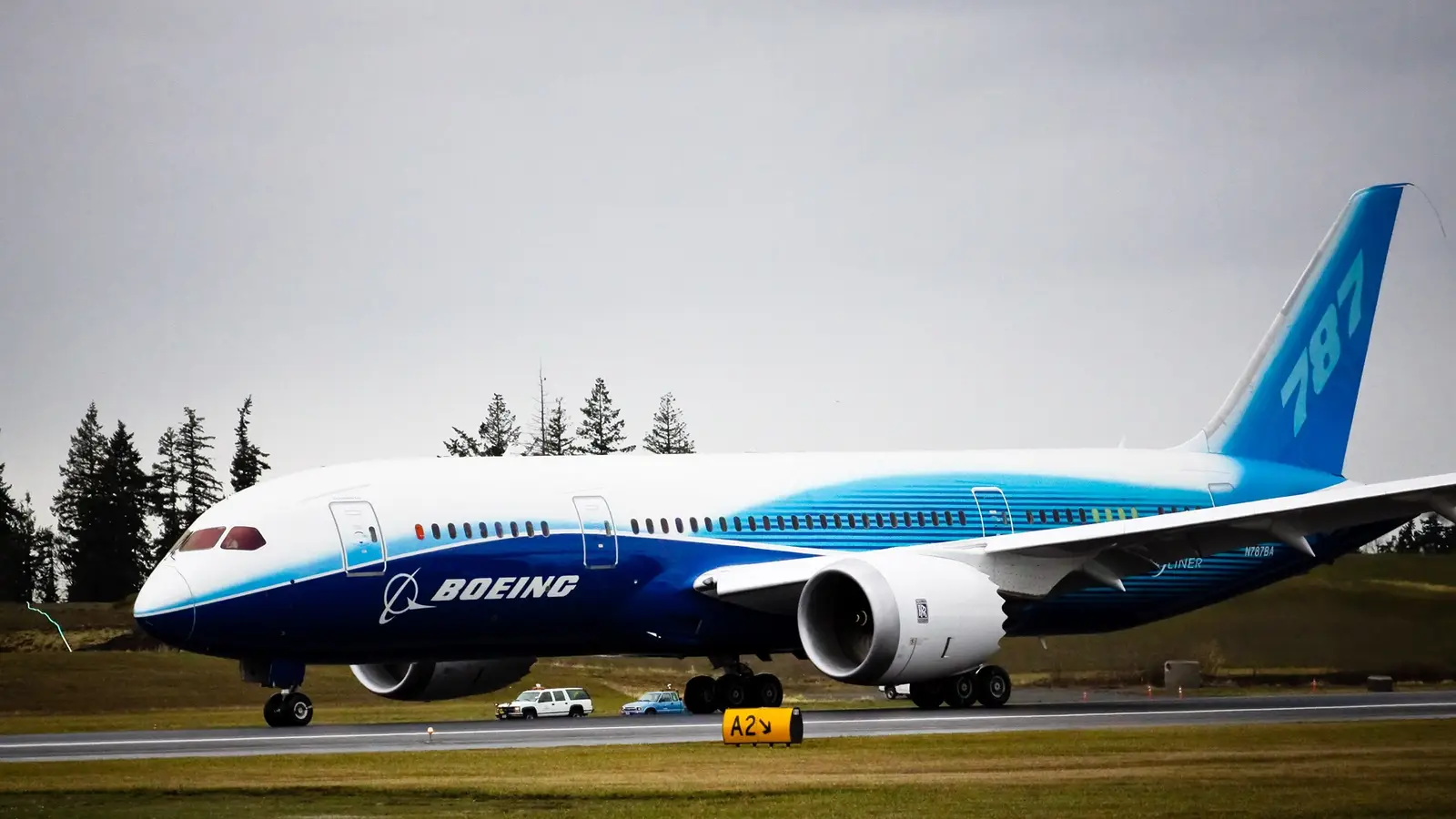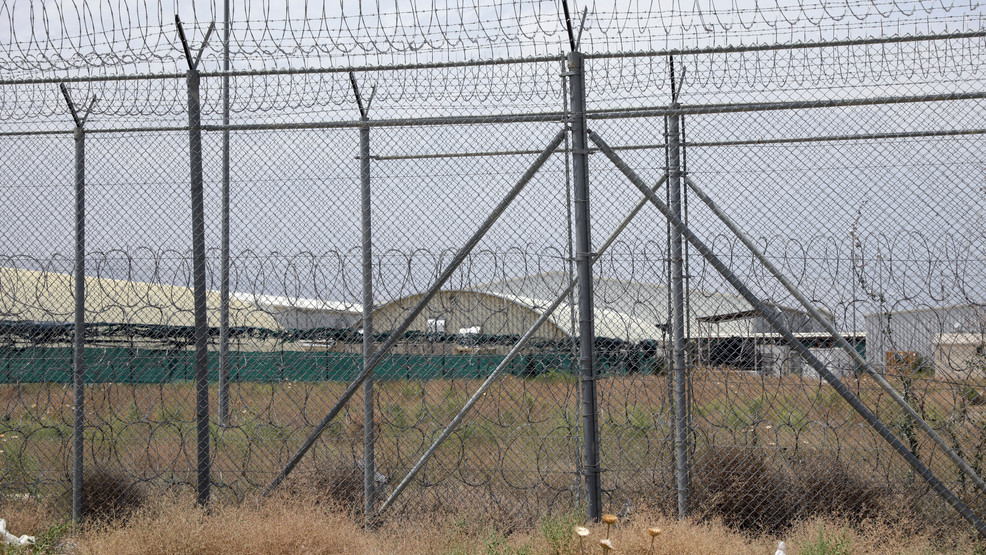
The Boeing 787 Dreamliner is often praised as a game-changer in commercial aviation: lower fuel consumption, longer nonstop routes, and greater flexibility for airlines. In an era of rising fuel costs, environmental pressure, and passenger expectations, the 787 stands out as a benchmark. In this article, we’ll unpack exactly what design, technology, and operational decisions make the 787 so efficient and versatile, and how that translates into real-world benefits for carriers and travelers.
When Boeing launched the Dreamliner program, its goal wasn’t just to build a newer widebody but to reimagine what a modern, long-range, medium-capacity aircraft could do. The 787 aimed to open previously unprofitable routes, reduce operating costs, and enhance passenger comfort through innovations in materials, aerodynamics, engines, and systems. Since entering service in 2011, the Dreamliner has lived up to many of those promises. Understanding how it achieved this offers valuable lessons about the future of commercial aviation.
Advanced Materials And Structural Innovations
One of the first places Boeing turned to for efficiency gains was the 787’s structure. Instead of sticking with traditional aluminum-heavy construction, Boeing employed a revolutionary approach: extensive use of composite materials alongside new structural concepts. These decisions fundamentally changed the aircraft’s weight profile, maintenance needs, and operational efficiency.
The 787’s fuselage, wings, and tail are built largely from carbon fiber reinforced polymers (CFRP). Composites are lighter than aluminum, more resistant to fatigue, and far less prone to corrosion. According to Boeing’s By Design resources, this shift alone contributes to the Dreamliner’s ability to burn up to 25% less fuel than the airplanes it replaces. Over long-haul flights, where every kilogram matters, that weight advantage compounds into huge operational savings.
Boeing also incorporated advanced manufacturing and assembly techniques, stringent methods to ensure precision, and to reduce excess tolerances or overlaps. Factors that further lower unnecessary weight. Studies at Stanford University note that the Dreamliner’s optimized load paths and structural designs allow thinner walls without compromising strength, adding yet another layer of efficiency.
Finally, lighter structures reduce the demands placed on other systems, from landing gear to wing structures and engines. In effect, every kilogram shaved off the fuselage multiplies efficiency across the aircraft. By rethinking not just materials but how they integrate into the entire airframe, Boeing created an aircraft designed for weight and efficiency from the ground up.
Aerodynamics And Engine Efficiency
While composites reduce weight, aerodynamics and propulsion determine how efficiently that weight moves through the air. The 787’s aerodynamic refinements and next-generation engines form another cornerstone of its performance. The Dreamliner’s wings are instantly recognizable: long, flexible, high-aspect-ratio designs with gracefully raked wingtips.
These are optimized for cruise efficiency, reducing induced drag at high altitudes where long-haul flights spend most of their time. Composites made it easier to mold these complex shapes into seamless surfaces, minimizing parasitic drag. Boeing highlights these aerodynamic advantages as a key reason for the aircraft’s outstanding performance.
Engines provide the other half of the equation. Depending on the airline’s choice, the 787 is powered by either the Rolls-Royce Trent 1000 or the General Electric GEnx. Both engines feature advanced composite fan blades, improved compressors, and higher thermal efficiency than earlier generations. Their reduced specific fuel consumption means every pound of thrust costs less fuel, and crucially, these engines retain high efficiency across a wide range of flight conditions.
A sleek, drag-minimized fuselage is only effective if paired with engines that convert fuel into thrust efficiently. Likewise, engines must be matched with a wing designed to exploit their performance envelope. The Dreamliner achieves that goal, allowing airlines to fly routes such as Denver–Tokyo nonstop, which was either impossible with older designs or unprofitable, as highlighted by The Denver Post.
Mission Flexibility Through Variants
Fuel efficiency is valuable, but its real-world impact depends on how flexibly airlines can deploy the aircraft. Boeing designed the 787 family with three variants: the 787-8, 787-9, and 787-10. Each variant balances payload and range differently.
The 787-8, the smallest model, seats around 240 passengers in a two-class layout and can fly roughly 7,300 NM (13,500 km). It is ideal for long, thinner routes where demand may not fill a larger aircraft. The 787-9, by far the most popular variant, stretches capacity to about 290–300 passengers while extending range slightly to 7,565 NM (14,010 km). The 787-10 is the largest, with around 330–340 seats, optimized for high-capacity medium- to long-haul routes, though its range drops to 6,330 NM (11,730 km).
This spread gives airlines a powerful toolkit. A carrier can use the -8 to connect secondary cities with long-range flights, deploy the -9 on flagship ultra-long-hauls, and rely on the -10 for dense transatlantic or Asia–Middle East sectors. Boeing’s own data emphasizes that this adaptability allows airlines to right-size capacity without compromising efficiency.
*Efficiency estimates based on Boeing data and industry analysis.
This flexibility is central to why airlines worldwide, from United Airlines and All Nippon Airways to Air India and Lufthansa, have adopted the Dreamliner family across diverse networks. Whether the mission requires opening a thinner secondary route or maximizing high-density demand, the 787 delivers both efficiency and economics.
System Integration And Operational Efficiency
Efficiency doesn’t end with materials or engines. A major factor in the 787’s success is how its entire architecture, from power systems to cabin environment, was designed as a holistic system.
Perhaps the most important shift was Boeing’s move to a more-electric architecture. Many systems that were previously mechanical are now run electrically (fly-by-wire system). This decreases energy losses, simplifies systems, and reduces maintenance needs. Over thousands of flights, these small savings add up.
Passenger comfort improvements also feed into efficiency. The 787 maintains a lower cabin altitude (6,000 ft vs. 8,000 ft on older jets) and higher humidity. While primarily marketed as comfort features, these reduce stress on the fuselage structure and corrosion on interior systems, extending life and lowering maintenance costs. The University of Washington’s research contributed heavily to this design approach, studying how composites behave under different conditions and stress factors.
Operationally, airlines gain even more. Flight planning software can exploit the Dreamliner’s aerodynamic and engine margins to cruise at optimal altitudes, minimize fuel carriage penalties, and adjust for winds. Combined with lighter structural weight, the 787’s systems integration enables airlines to consistently achieve the advertised ~20–25% fuel savings compared to older aircraft.
Development Journey And Lessons Learned
The 787’s groundbreaking design didn’t appear overnight. It came from years of experimentation, supplier challenges, and academic partnerships.
As Stanford University’s case study on “Prototyping and Pivoting” describes, Boeing took significant risks by outsourcing much of the 787’s production to global partners. Some large composite fuselage parts, for example, were built outside the US and shipped for assembly. This approach initially caused delays and quality control issues, but it ultimately enabled Boeing to scale composite manufacturing for wide-body aircraft.
Academia also played a role. As we mentioned earlier, the University of Washington supported research into fatigue resistance, environmental exposure, and new testing methods for composite structures. These insights helped Boeing refine cabin pressurization strategies and ensure reliability under real-world conditions.
Even after entering service in 2011, the 787 needed refinements. Early problems with electrical systems and engines required updates. Today, operational data confirms that the Dreamliner’s promised efficiency can be achieved in revenue operations. These lessons not only helped the 787 program but also laid the groundwork for future designs, both at Boeing and across the industry.
Economics, Trade-offs And The Future
Finally, airlines measure success in operating economics. For the 787, the numbers speak for themselves: lower fuel burn, reduced airport fees, and the ability to open profitable nonstop routes.
Boeing states that the Dreamliner is about 25% more fuel-efficient compared to older aircraft like the Boeing 767 and early Boeing 777 models. This results in significant savings on fuel costs, which make up a third or more of airline operating expenses. Many aviation experts also point out that its lighter weight reduces airport fees, while the ability to bypass big and expensive airport hubs saves time and money. For passengers, this means faster, more direct flights.
.
Of course, there are trade-offs. Composite structures cost more to produce and repair than aluminum. Early supply-chain problems caused delays and increased expenses. And as technology progresses, new aircraft, like the Airbus A350, challenge the 787’s dominance.
Looking forward, the 787 still has room to evolve. New engine technologies, sustainable aviation fuels, and digital optimization could extend its relevance for decades. Already, its foundation is forward-looking enough to integrate such upgrades. As sustainability pressures mount, the Dreamliner remains a central tool for airlines balancing efficiency, passenger comfort, and network flexibility.



